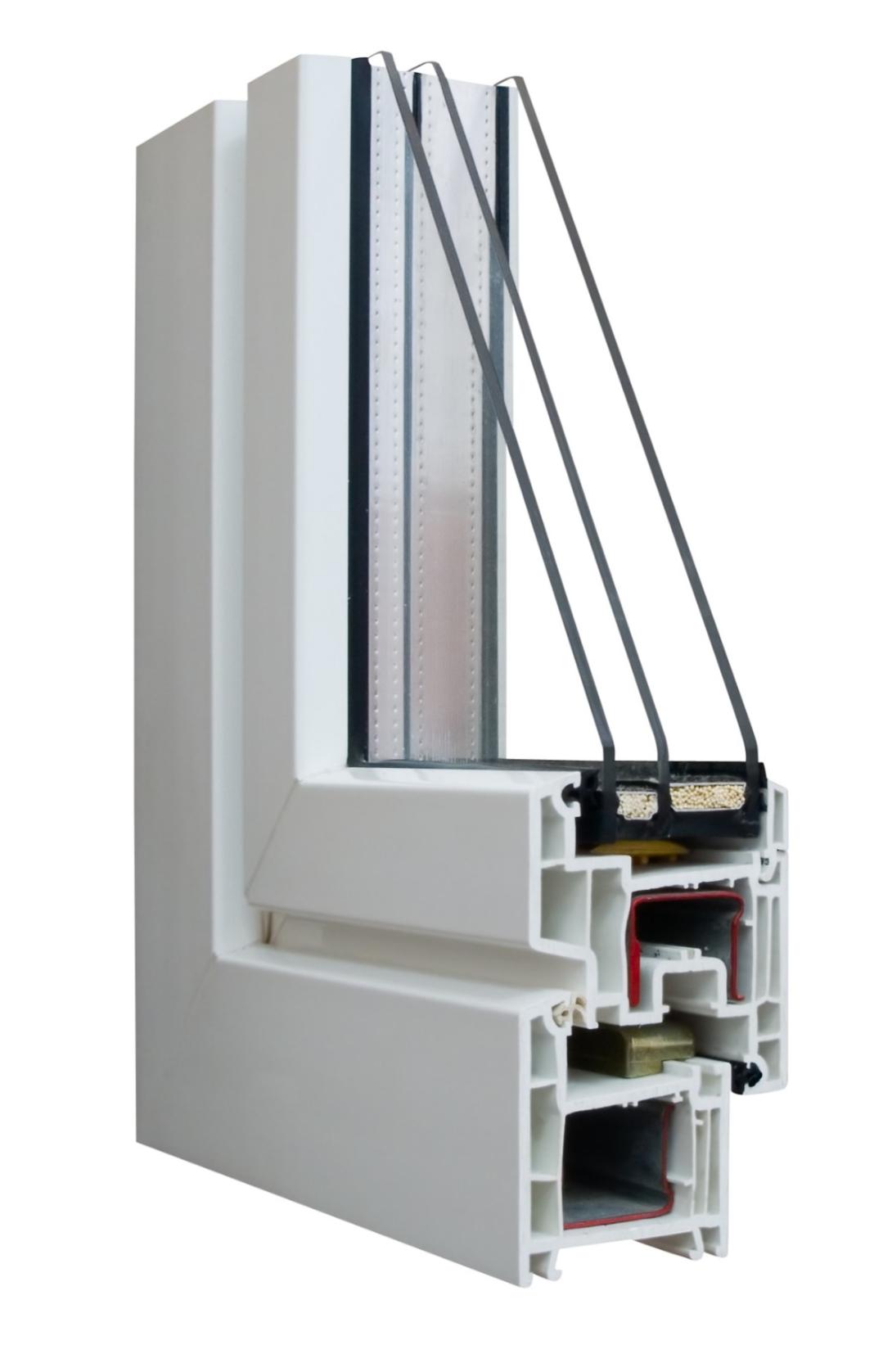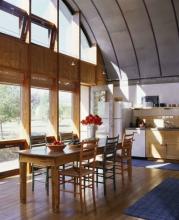Fenestration
Fenestration (i.e. windows and skylights) provide our buildings with light, warmth, and ventilation, but they can also negatively impact energy efficiency due to their relatively low R-value compared to opaque surfaces. When properly designed, selected and installed, energy-efficient windows can help minimize heating, cooling, and lighting costs, while improving comfort for building occupants.
Curriculum
-
Remember
View SourcesSources- Define key terms including u-factor, NFRC label, SHGC, VT, air leakage, and LSG.
- Describe different window operation methods and be prepared to comment on air leakage implications.
: Fenestration - Define Key Terms - RememberLecture Notes
: Fenestration - Primary Window Components - RememberLecture Notes
: Fenestration - Window Operation Methods - RememberLecture Notes
: Define Air LeakageProblem Set
: Define SHGCProblem Set
: National Fenestration Rating CouncilProblem Set
: Window Operation MethodsProblem Set
-
Understand
View SourcesSources- Describe types of window frames and glazing including low-e, tinting, and reflective coatings.
- Describe ways that sunlight transmittance is measured and rated.
: Fenestration - Window Types - UnderstandLecture Notes
: Advantage of Inert Gas in WindowsProblem Set
: Appropriate Use of Low-E CoatingsProblem Set
: Characteristics of Gas FillsProblem Set
: Improving Window PerformanceProblem Set
: NFRC Label InformationProblem Set
: Solar Heat Gain CoefficientProblem Set
-
Apply
View SourcesSources- Sketch the primary components of a window and describe the role that each plays (frame, panes, sill, etc.).
- List the most important window installation steps.
: Fenestration - Correct Window Installation Methods - ApplyLecture Notes
: Fenestration - Primary Window Components - ApplyLecture Notes
: CoatingsProblem Set
: Common Gas FillsProblem Set
: Low-E CoatingsProblem Set
: Window ComponentsProblem Set
-
Analyze
View SourcesSources- Classify window performance for specific regions using information from the NFRC label.
- Explain the importance of u-factors in predicting window performance.
: Importance of U-FactorsLecture Notes
: Window Choice for ChicagoProblem Set
: Window Choice for MiamiProblem Set
: Windows for Cold and Hot ClimatesProblem Set
-
Evaluate
View SourcesSources- Select the best window system for specific orientations and geography.
: Fenestration - Window Selection - EvaluateLecture Notes
: Window Design StrategiesProblem Set
: Window Design Strategies Heating ClimateProblem Set
Teaching Materials

High-Performance Window Systems
High-performance window systems help make a home more comfortable while reducing energy usage. They use a combination of insulating frames and other features to reduce heat loss. On average, these systems can save homeowners 7% to 15% on utility bills.
When it comes to energy loss, windows and doors are weak points in the building envelope. But homes with high-performance window systems are more comfortable and consume less energy than homes with traditional windows. High-efficiency ENERGY STAR-rated windows perform at least 15% better than standard windows and have an insulating value of R-3 or higher. Ultra-efficient windows perform at least 50% better than standard windows and have an insulating value of R-5 or higher.
High-performance windows consist of two or three glass panes separated by insulating spacers and are installed in insulated frames made of nonconductive wood, fiberglass, or vinyl. The space between the glass layers is filled with a nontoxic gas like argon or krypton that insulates better than air. The glass panes are coated with a low-emissivity coating that reflects sunlight and protects curtains, furniture, and hardwood floors from fading over time.
